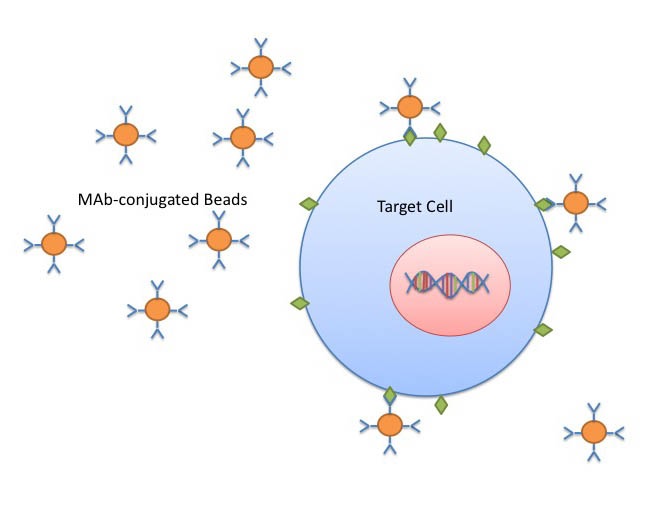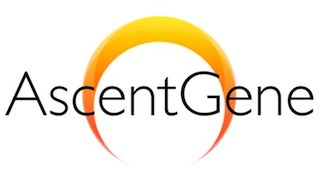Generation of Stable Cell Lines by Retrovirus-Mediated Gene Transfer Techniques
Using a retrovirus vector system to generate stable cell lines has several distinct advantages over using other vector systems:
Cell Sorting to Select Integrated Cells


Using a retrovirus vector system to generate stable cell lines has several distinct advantages over using other vector systems:
- A retroviral vector has the ability to transform its single-stranded RNA (ssRNA) genome into a double-stranded DNA (dsDNA) molecule and stably integrate into a host genome at the transcriptional active site.
- All viral structural genes of the retrovirus are removed in the expression vector to prevent revertant recombination, making the retroviral vector a safe and powerful tool for gene transfer.
- Retroviral vector-mediated gene transfer has been widely used in the development of gene therapy.
- Retroviral vectors are compatible with dividing cells and other primary cells.
- The retroviral vector, which is capable of infecting both mouse and human cells, is based on Moloney murine and leukemia viruses (Mo-MLV).
- The viral genes (gag, pol, and env) in the retroviral system are replaced with the transgene and expressed in trans in the packaging cells.
Cell Sorting to Select Integrated Cells










